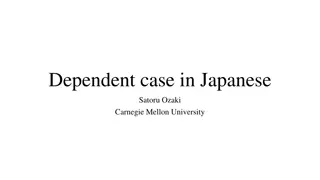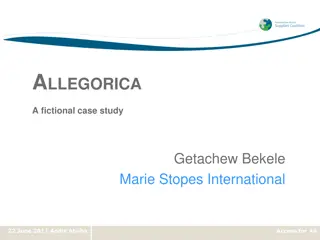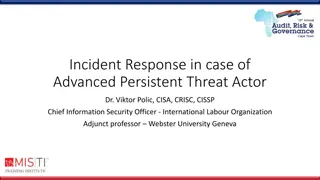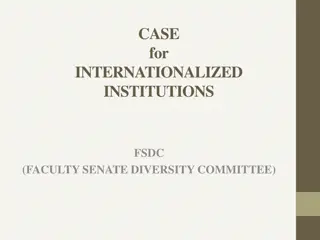Case Study
This case study explores the implementation of a decentralized waste water treatment system (DEWATS) in Kachhpura, Agra, Uttar Pradesh. It covers the introduction, needs, process, advantages, and implementation of DEWATS, highlighting its impact on the community and environment. The study discusses the goals, maintenance cost, efficiency, and lessons learned from the initiative, emphasizing sustainability and key success factors. Overall, the project aims to improve health, hygiene, and environmental quality through innovative waste water management practices.
Download Presentation

Please find below an Image/Link to download the presentation.
The content on the website is provided AS IS for your information and personal use only. It may not be sold, licensed, or shared on other websites without obtaining consent from the author.If you encounter any issues during the download, it is possible that the publisher has removed the file from their server.
You are allowed to download the files provided on this website for personal or commercial use, subject to the condition that they are used lawfully. All files are the property of their respective owners.
The content on the website is provided AS IS for your information and personal use only. It may not be sold, licensed, or shared on other websites without obtaining consent from the author.
E N D
Presentation Transcript
Case Study Decentralized Waste Water Treatment System (DEWATS) in Kachhpura, Agra, Uttar Pradesh K. Anil kumar Vamsi BT14CME045
Decentralized waste water treatment system Introduction Needs Process Advantages
Introduction DEWATS stand for decentralized wastewater treatment system. Combination of two systems aerobic and anaerobic Can be used at household and community level
Needs Waste water generation is high Direct discharge in water bodies Untreated wastes Expensive treatment methods
Advantages Environment friendly Less men power Less land scape needed Lower BOD level Treated water can be reused
Implementation of DEWATS Importance to this DEWATS Pre construction Legal sanction and design Community involvement Construction Post construction
Implementation of DEWATS Before Implementation 1.Improper disposal of sewage and waste water caused highly unsanitary environments with high health risks. After Implementation 2.Waste water is directly disposed into the river Yamuna 1.Created a hygiene space for community people 2.Two community toilets built and 156 under renovation process. Cost ofImplementation 3.Treated water can be used for the community toilet and agricultural practice. 1.Collection of Rs. 100 from all community people as funds. 2.LMU(London Metropolitan University) : 14 lakhs 3.US AID : 25 Lakhs
DEWATS Goals Maintenance cost Efficiency Keys to success Results Lessons learned
Sustainability of the initiative Health and hygiene Environment and natural resources Technology and operation Socio-cultural and institutional aspects
Project Heads & sources Key contact: Ms Renu Khosla, Director, Centre for Urban and Regional Excellence (CURE) http://www.cureindia.org/ References or sources UN Habitat, 2008. Crosscutting Agra Programme for City Wide Slum Upgrading Centre for Urban and Regional Excellence Reference Link: http://www.cureindia.org/projects/Dewat.aspx
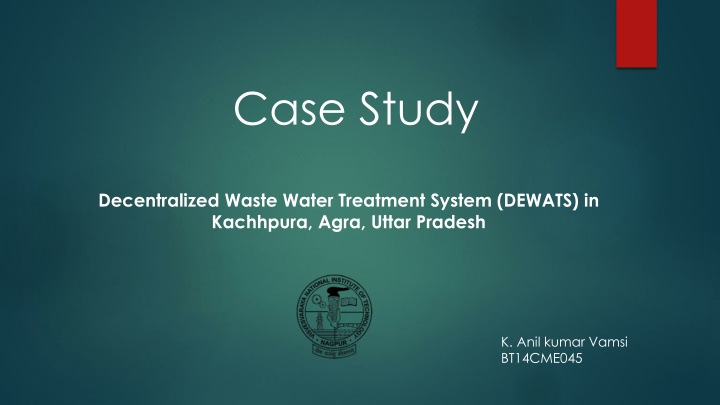




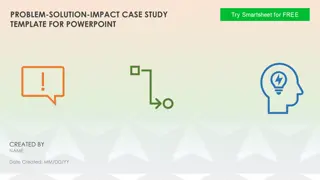
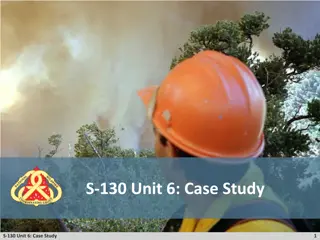
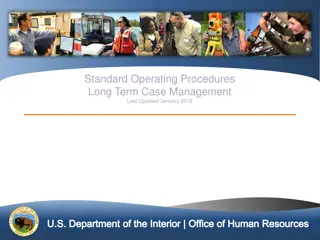
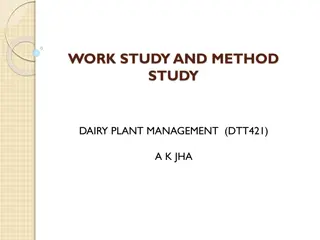
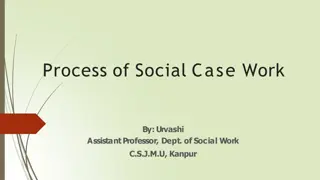
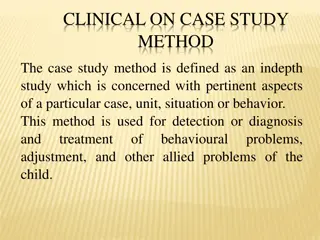
![Comprehensive Case Study on [Insert Case Title Here]](/thumb/159705/comprehensive-case-study-on-insert-case-title-here.jpg)
